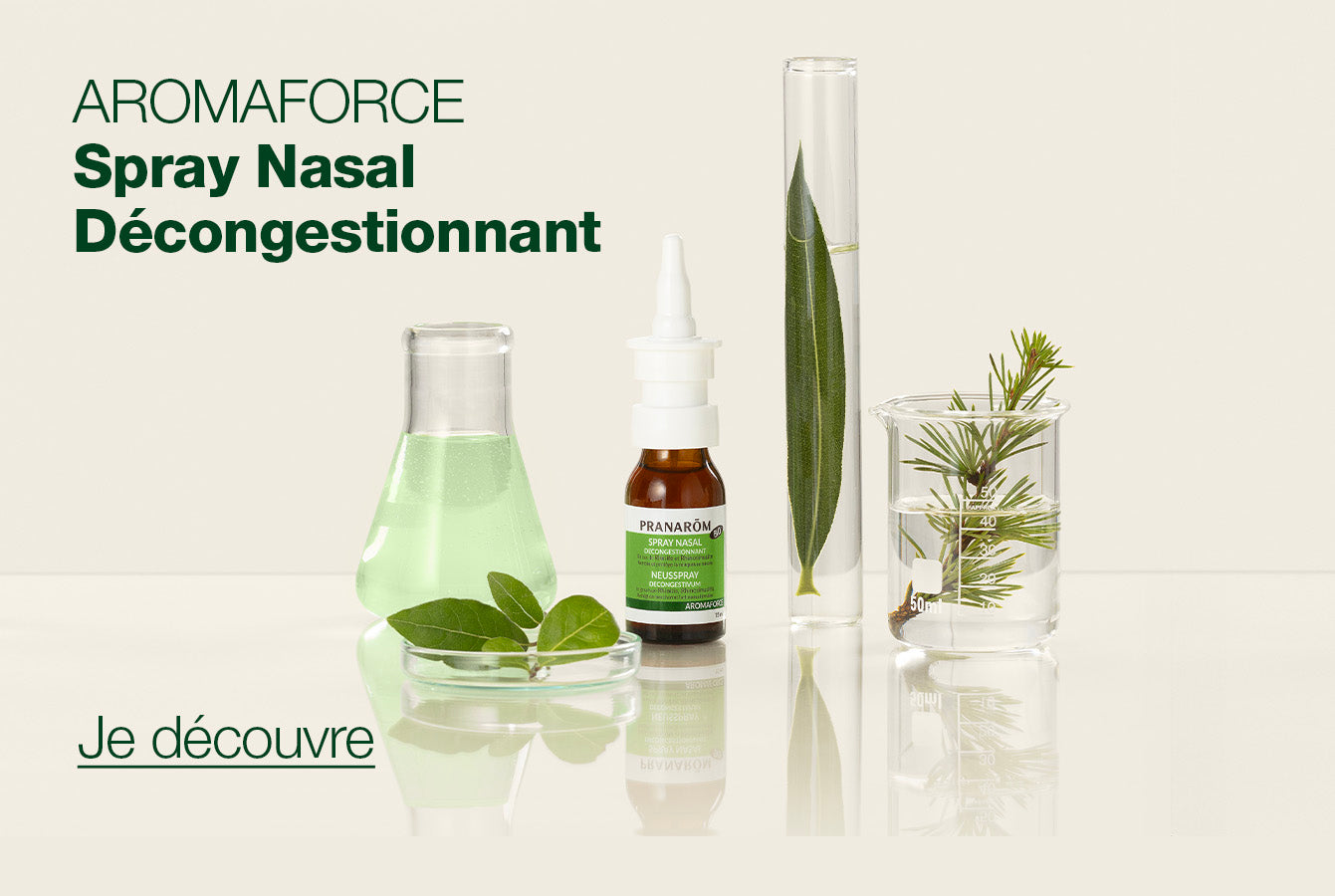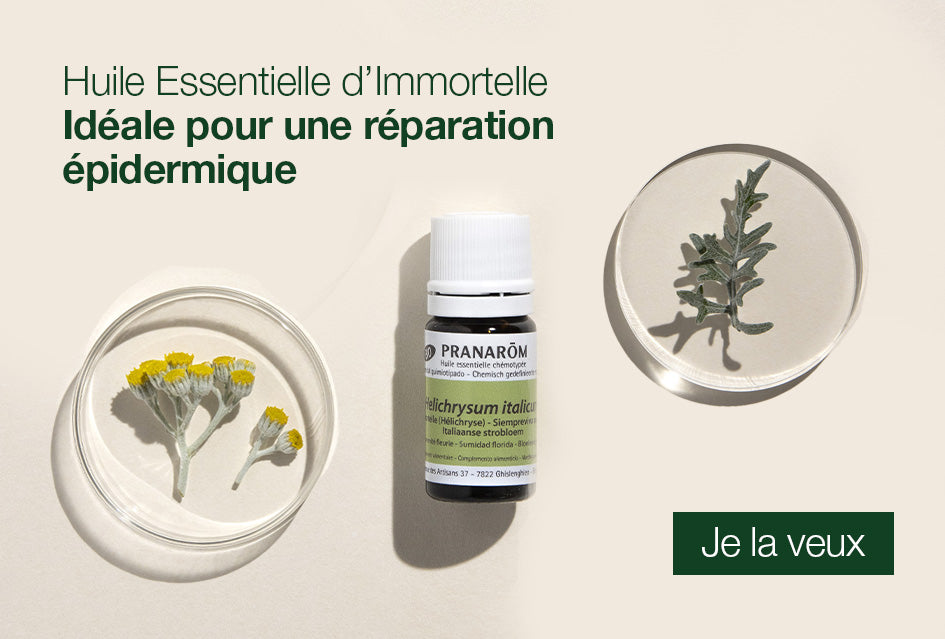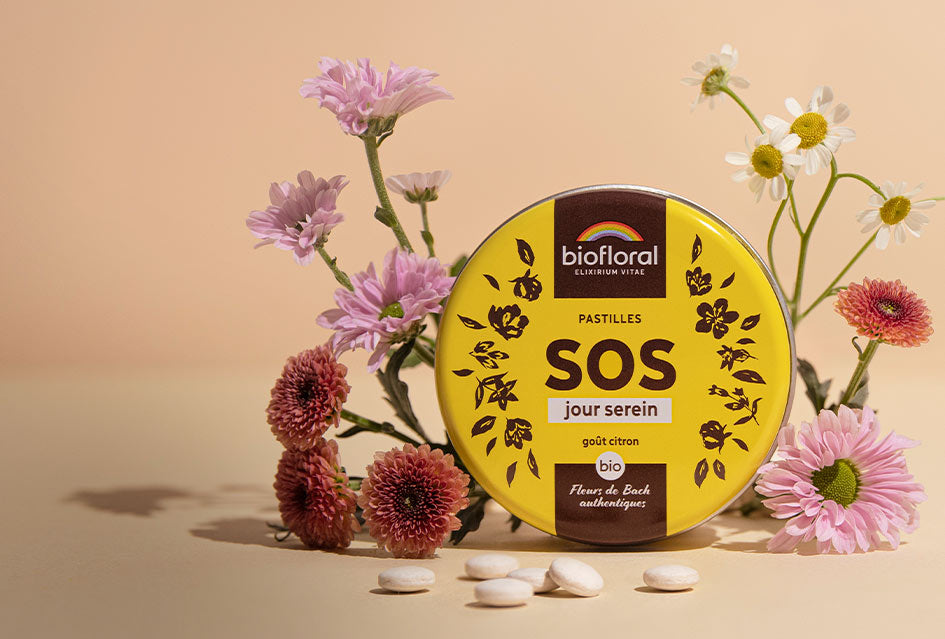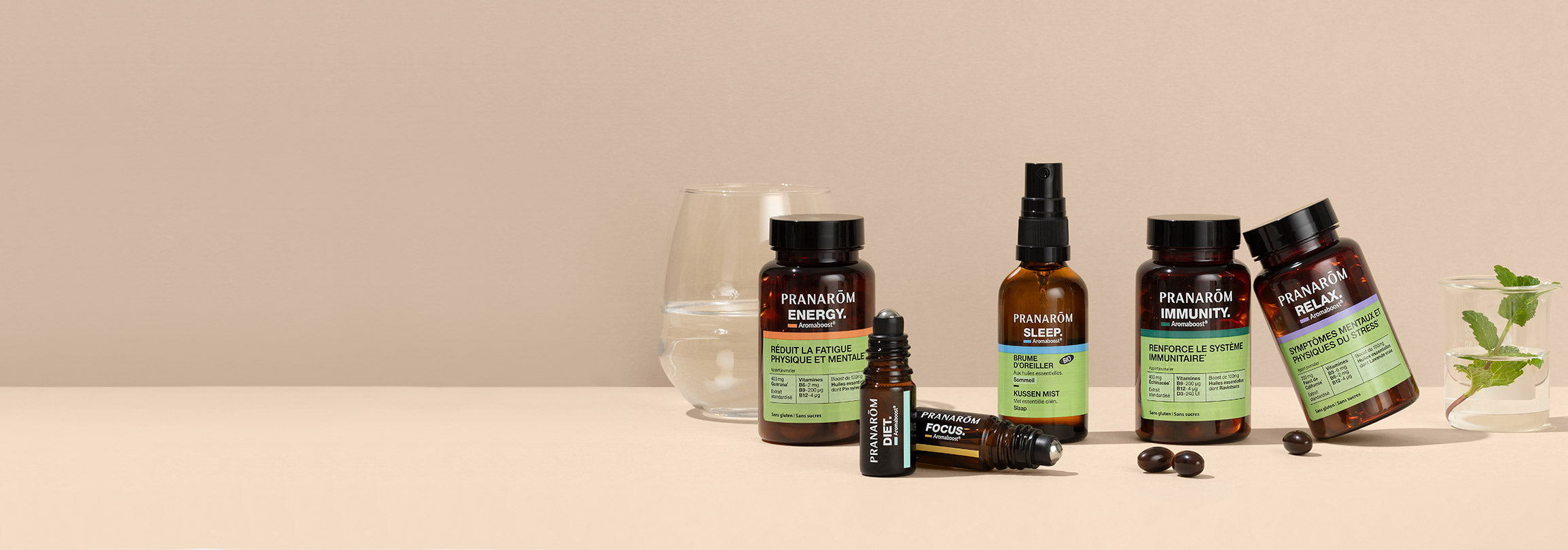Midwives have known for many years that essential oils can facilitate their practice during childbirth and its preparation. They are also among the health professionals who are among the most interested in aromatherapy training. And that’s completely normal! Indeed, several serious studies have demonstrated the usefulness of essential oils during childbirth and in particular the important study by Burns et al. conducted in England. Discover in this article a short summary of the encouraging results.
A study ? What study?
It was at the John Radcliffe Hospital of Oxford Brookes University that Burns et al* carried out the largest clinical investigation ever carried out in aromatherapy. The “John Radcliffe Women's hospital” center, which welcomes 6,500 births each year, allowed this team to work for 8 years with doctors, midwives and pregnant women to study the medicinal virtues of Essential Oils in this area.
The main objective of the study was to examine the contribution of aromatherapy to improving the quality of obstetric care and overcoming anxiety and fear in order to improve maternal comfort at the end of pregnancy, upon arrival of contractions and during childbirth.
What method?
The survey covered 8,085 mothers . Data collected on aromatherapy use during the period was compared to a control group of 15,799 mothers who did not use aromatherapy at the center.
The investigation studied the effect of essential oils on childbirth-related parameters such as anxiety, pain, nausea and/or vomiting.
The variables of this research included: the evaluation of the effectiveness by the mothers, the action of aromatherapy on the labor of childbirth, on the use of pharmacological painkillers, on the use of oxytocin by intravenous route to induce childbirth and accelerate it, on associated symptoms and on annual costs.
The exact title of the study is “An investigation into the use of aromatherapy in intrapartum midwifery practice” by Burns EE, Blamey C, Ersser SJ, Barnetson L, Lloyd AJ, J Altern Complement Med. 2000;6(2):141.
What Essential Oils?
The essential oils used in this study were chosen by several aromatherapists and midwives at the hospital. The list was limited to the following ten:
- The rose ( Rosa centifolia);
- Jasmine ( Jasminum grandiflorum);
- Noble chamomile ( Chamaemelum nobile);
- The globose eucalyptus ( Eucalyptus globulus);
- Lemon (essence) ( Citrus limonum);
- Mandarin (essence) (Citrus reticulata);
- Clary sage ( Salvia sclarea);
- Frankincense ( Boswelia carteri);
- True lavender (Lavandula angustifolia);
- Peppermint ( Mentha piperita).
These Essential Oils have been administered in different ways:
- In the form of drops placed on the pillow;
- On the forehead and on the palms of the hands ;
- In the form of preparations for massages , foot baths and perineal washings .
Please note that some of these Essential Oils are not suitable for routine aromatherapy treatments during pregnancy. They were indicated here in the accompaniment of childbirth.
What results?
- The study showed, significantly, that aromatherapy is a safe option for mothers and babies;
- 50% of women confirm the effectiveness of aromatherapy in reducing their level of fear and anxiety during labor and childbirth, sometimes dramatically. The essential oils of True Lavender (Lavandula angustifolia) and Frankincense (Boswelia carteri) were the most commonly used oils for this purpose;
- The study also confirmed the effectiveness of aromatherapy in relieving nausea and/or vomiting, improving the mother's natural well-being during labor and contractions. Some mothers find that Peppermint oil (Mentha piperita) is most helpful in these cases.
- For pain relief, almost 60% of mothers who chose essential oils instead of traditional hospital methods testified that aromatherapy was useful for them. One of the main findings of the study suggests that the essential oils of Clary Sage (Salvia sclarea) and Noble Chamomile (Chamaemelum nobile) are the most effective in relieving pain during childbirth;
- During the 8 years of this study, the use of Pethidine (morphinomimetic drug) in the John Radcliffe Hospital Women's center decreased from 6% to 0.2%;
- The essential oils of Globular Eucalyptus (Eucalyptus globulus) , Lemon Tree (Citrus limonum) or Mandarin Orange (Citrus reticulata) were chosen by a good number of women in this study to strengthen their general feeling of well-being;
- Only 80 mothers (1%) experienced minor reactions such as mild skin irritation or nausea.
Conclusion
This study and a few others encourage us to think about aromatherapy for childbirth . We can calmly talk about it with professionals in the sector and especially midwives.












